From Forgotten To Flourishing:
The Renaissance Of Ancient Grains In Modern Diets
Beyond Wheat and Rice — Nutritional treasures such as freekeh, barley, amaranth, millet, teff, sorghum and more like are gaining popularity in Western diets, though they have long been staples in Asia and the Middle East.
18 July 2024
Share this exclusive content from Saladplate
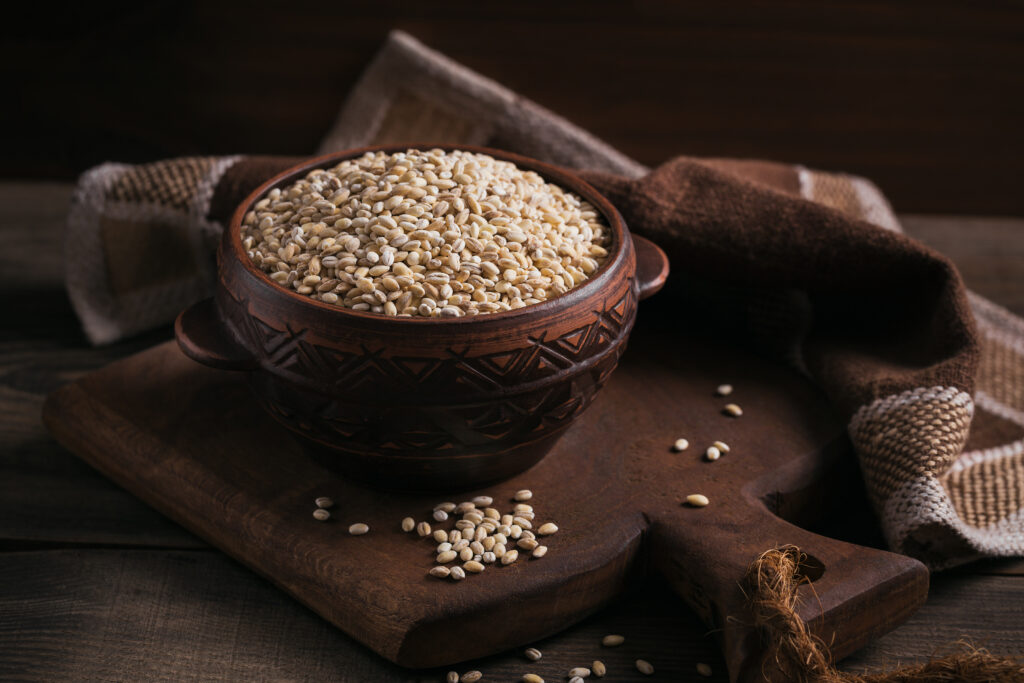
Organic, uncooked Barley | Photo credit: Envato Elements
In the quest for healthier eating habits, the spotlight has shifted to ancient grains, marking a significant departure from the dominance of whole wheat in western diets. These time-honoured staples, often overlooked in modern culinary landscapes, are now experiencing a renaissance, captivating the taste buds and imagination of health-conscious consumers worldwide.
However, this isn’t a new trend for those from India, Asia and the Middle East. From the bustling markets of India to the serene rice terraces of Asia and the aromatic markets of the Middle East, ancient grains are weaving their way into mainstream diets popularised by the Western world and challenging the supremacy wheat-based products have enjoyed for a while.
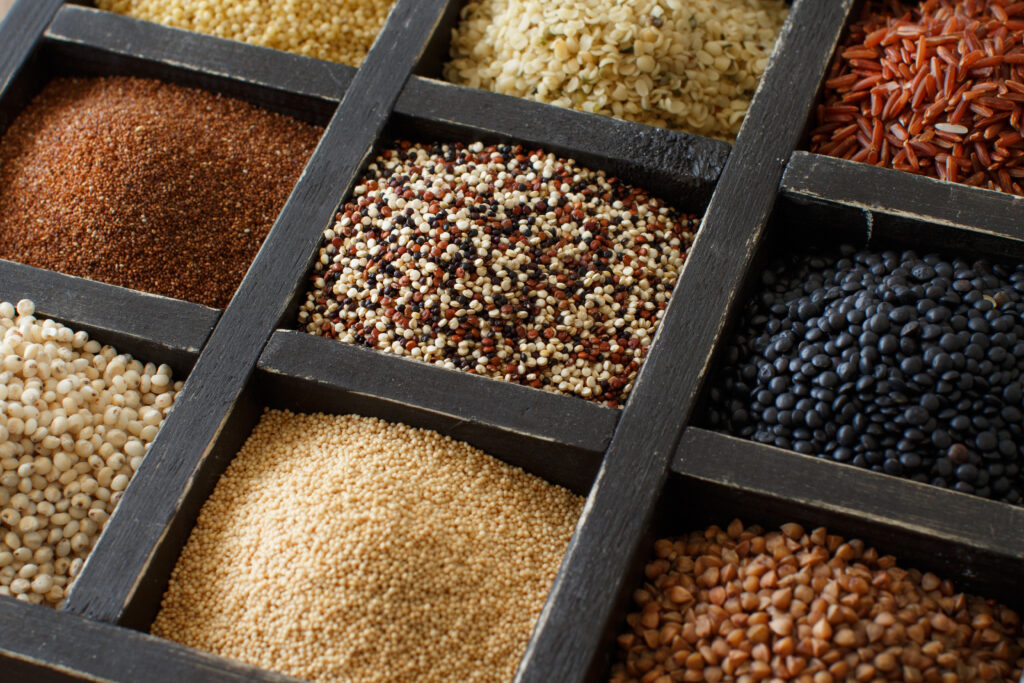
Avariety of these heritage grains are naturally gluten-free | Photo credit: Envato Elements
What are ancient grains’?
Grains that have remained largely unchanged over centuries, preserving their original nutritional profiles and unique flavours. Quinoa, amaranth, millet, teff, sorghum, and farro are just a few examples of these nutrient-dense powerhouses that have sustained civilizations for millennia. While whole wheat has long been hailed for its health benefits in modern diest, these grains offer a broader spectrum of nutrients, including higher protein content, essential vitamins, minerals, and antioxidants.
The healthier, more sustainable alternative
The move to adding such grains in your diet isn’t just about health it also helps save the planet. Ancient grains are naturally gluten-free because they have not been hybridized or modified over time to contain gluten proteins. These grains provide alternative sources of carbohydrates and nutrients for individuals who need to avoid gluten due to celiac disease or gluten sensitivity, contributing to their increasing popularity in gluten-free diets worldwide.The cultivation of ancient grains has environmental advantages too as the genetic diversity of ancient grains makes them more resilient to pests and diseases. Grains like millet and teff need fewer synthetic fertilizers and pesticides, reducing the environmental impact of agriculture. These grains are well-adapted to diverse climates and can thrive with less water compared to some modern crops making them a more water-efficient alternative.

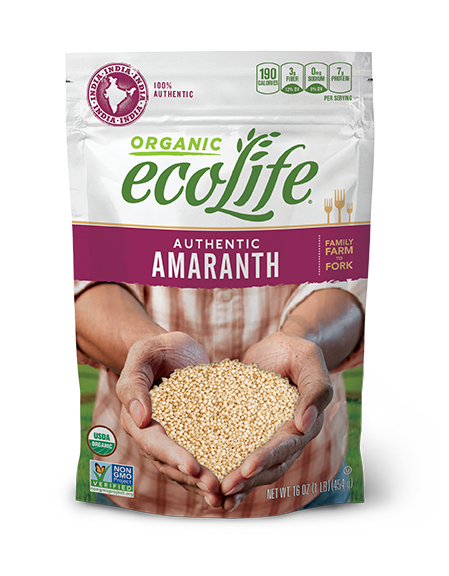
Some of the key players operating in the global ancient grains market include Bob’s Red Mill Natural Foods (US) and Nature Bio Foods (India). | Photo Credit : Bob’s Red Mill Natural Foods (US) and Nature Bio Foods (India
Market dominance and key players
The ancient or heritage grains market is projected to reach $10.52 billion by 2030, growing annually at 38% till 2030, according to a report by Meticulous Market Research Pvt. Ltd. Some of the key players operating in the global ancient grains market include India’s Ancient Golden Mill and Nature Bio Foods Ltd., U.S.-based Archer-Daniels-Midland Company, Bob’s Red Mill Natural Foods, Inc., and Ireland’s Glanbia plc.
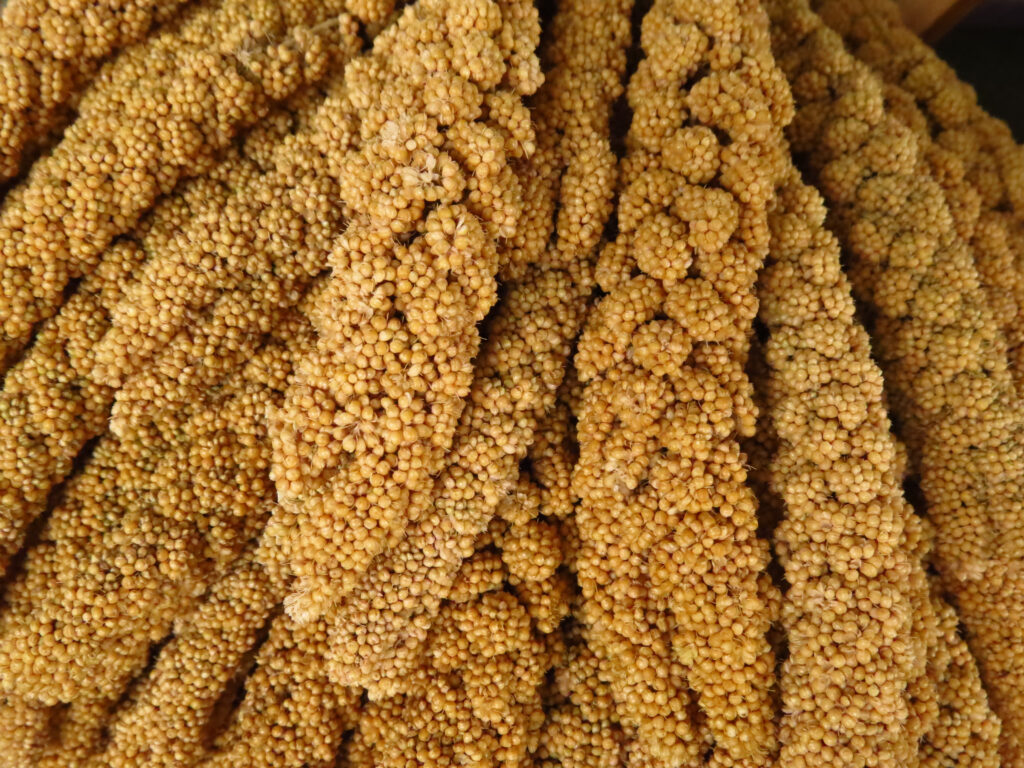
Foxtail millet plants | Photo credit: Envato Elements
From Asia, India and ME to the world
India, with its rich culinary heritage, stands as a testament to the enduring appeal of ancient grains. Millets, such as foxtail millet, finger millet (ragi), and pearl millet, have been dietary staples across the Indian subcontinent for centuries. These resilient grains are not only gluten-free but also boast impressive nutritional credentials, making them ideal choices for those seeking alternatives to wheat. In recent years, there has been a resurgence of interest in millets in India, spurred by growing awareness of their health benefits and sustainability. Innovative recipes like millet biryanis and salads are finding their way onto the plates of health-conscious Indians. Consumer brands such as Conscious Foods, 24 Mantra, Organic Tattva and Mille’ are catering to this segment of health-inspired consumers.
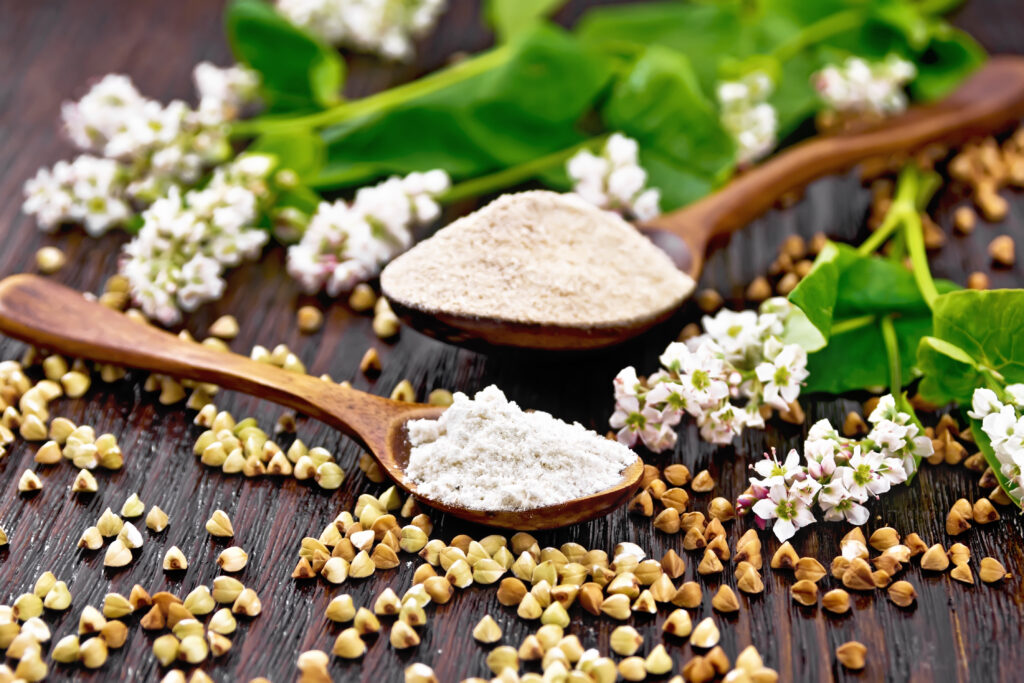
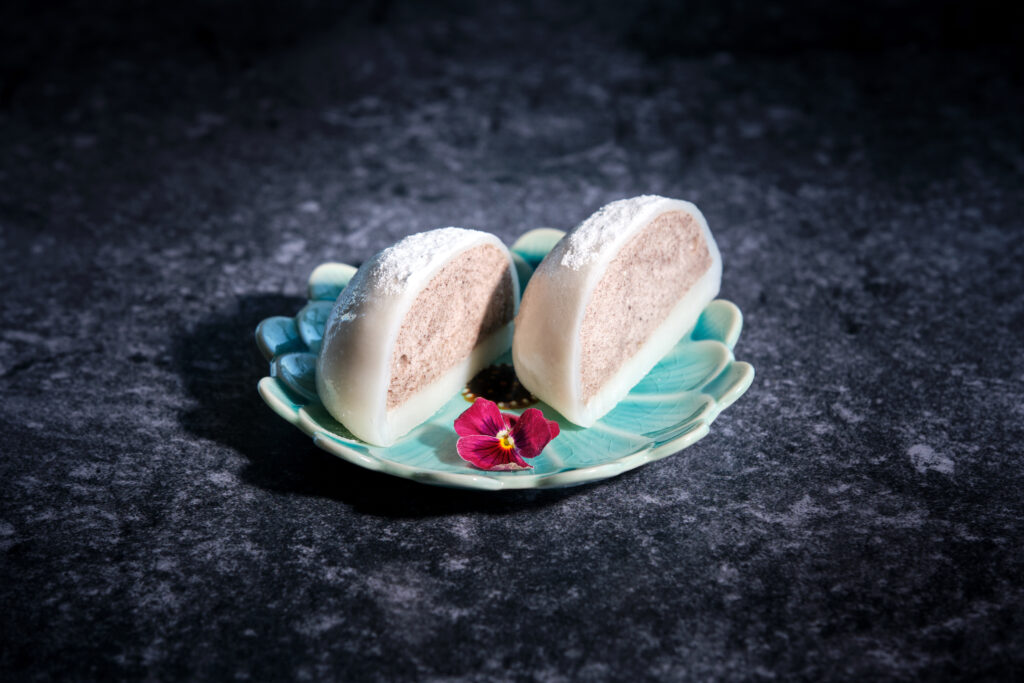
Buckwheat flour | Photo credit: Envato Elements
Buckwheat in Japan, can be made into traditional desserts such as mochi | Photo credit: Envato Elements
Across Asia, ancient grains have been revered for their nutritional benefits and culinary versatility. In China, rice has been the cornerstone of the diet for thousands of years. However, in recent times, there has been a shift towards incorporating grains like quinoa and amaranth into everyday meals, offering a refreshing departure from the monotony of rice-based dishes while providing a nutritional boost. Similarly, in Japan, the humble yet nutritious buckwheat has been gaining popularity beyond its traditional use in soba noodles, finding its way into pancakes, salads, and even desserts, appealing to a new generation of health-conscious consumers. Honke Owariya, a Japanese confectionary shop, is selling vegan Buckwheat Energy Balls, made without any animal products, sugar or gluten.
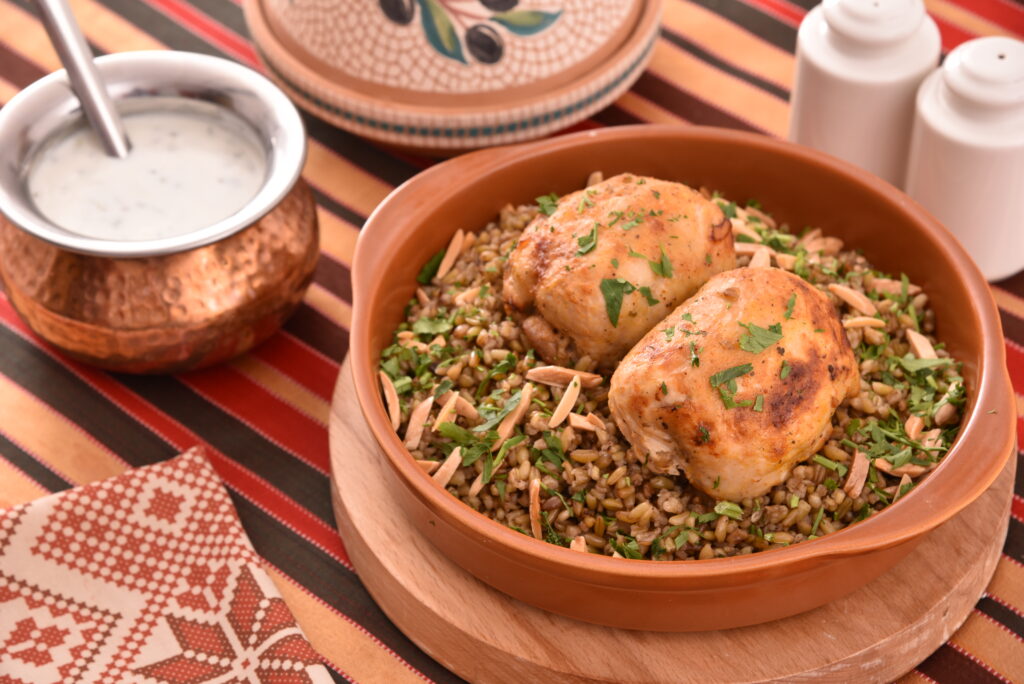
Freekeh makes its way into a variety of Middle Eastern recipes | Photo credit: Envato Elements
The Middle East, with its vibrant tapestry of cultures and cuisines, has long celebrated the diversity of ancient grains. From the hearty couscous of North Africa to the nutrient-rich bulgur wheat of the Levant, these grains have been integral to the region’s culinary heritage. Quinoa, once a novelty in Middle Eastern kitchens, is now a ubiquitous presence in salads, pilafs, and mezze platters, prized for its protein-rich profile and nutty flavour. Similarly, grains like freekeh and teff are captivating the palates of discerning consumers seeking alternatives to refined grains.
As consumers become increasingly conscious of the origins and nutritional value of their food, ancient grains are emerging as the new darlings of the culinary world, offering a delicious and sustainable alternative to traditional wheat-based products. Whether enjoyed in a comforting bowl of millet porridge or a zesty quinoa salad, ancient grains are redefining the way we eat and nourish our bodies, one wholesome meal at a time.
Author: Pooja Thakur
Pooja Thakur is a senior journalist, writer, and editor with over 20 years of experience in print and digital media and in creating custom content for periodicals. She has been a long-serving senior reporter at Bloomberg News covering areas such as real estate, stocks and personal finance and inventing across markets with a focus on Southeast Asia and India. In her free time, she enjoys scuba diving, rucking and finding the newest watering hole in town.



